Cargill Announces Addition of Three New SafeChoice Horse Feed Products
November 7, 2019 Comments Off on Cargill Announces Addition of Three New SafeChoice Horse Feed Products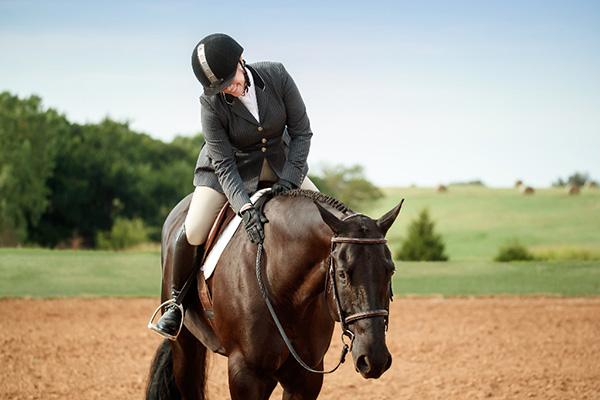
Improvements to the SafeChoice formulas include updates to guaranteed sugar and starch levels, limitations on variable ingredients, and superior palatability. And with the understanding that each horse is different, the full SafeChoice line gives horse owners the flexibility to choose feeds based on their horses’ individual needs based on age and activity levels.
Continue reading …What Makes a Noseband “Too Restrictive?”
November 7, 2019 Comments Off on What Makes a Noseband “Too Restrictive?”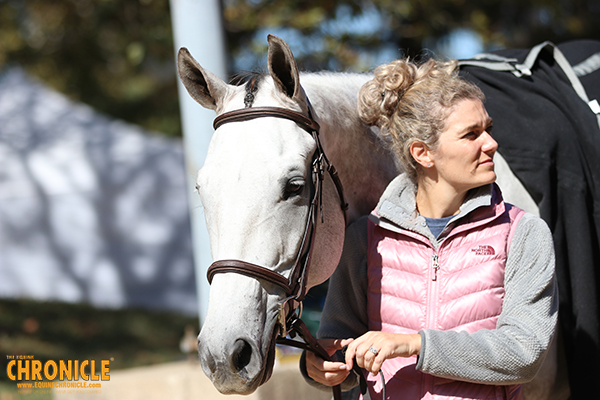
Restrictive nosebands can exert extremely high forces (up to 95 N) and peak pressures (in excess of 1000 mm Hg) on skin, nerves and bone under the noseband (Casey et al. 2013, Murray et al. 2015, Doherty 2016). These may result in discomfort or pain and injury. The effect of tight nosebands on the underlying structures has not yet been investigated.
Continue reading …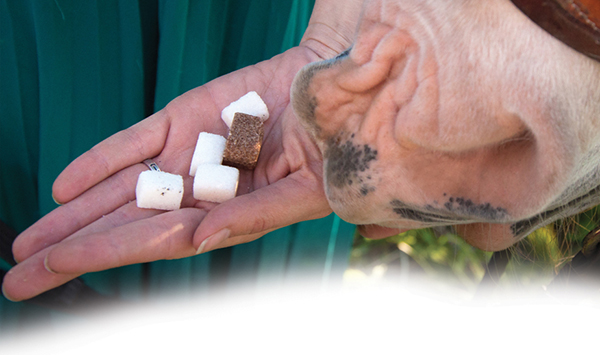
We all dream of that moment in the spotlight when all of the long nights, early mornings, miles traveled, and hours spent at the barn lead to being the last one standing in the arena. It’s a moment that keeps many of us going when we want to quit. In those tough moments, that dream is enough to push us to work a little bit longer, sleep a little bit less, and continue to put in the hours necessary to achieve victory. We imagine our horse having a neck ribbon fastened tight and the feeling of taking a victory lap in front of a cheering crowd.
Continue reading …Equine Disease Communications Launches New Phone App
November 5, 2019 Comments Off on Equine Disease Communications Launches New Phone App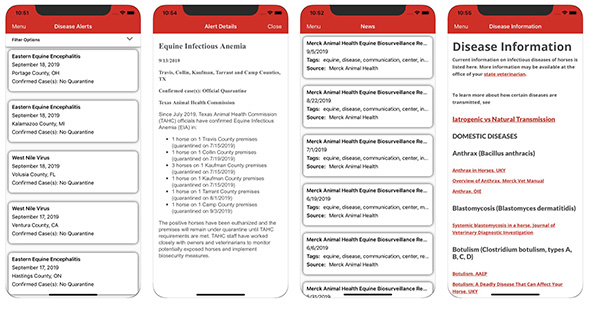
The EDCC Disease Alerts app connects directly to the disease alert page, making it easy for users to filter information by disease, location and date. Users have quick access to the disease risk information necessary to make decisions about travel and biosecurity. The app also provides access to disease fact sheets with helpful information about diagnosis and treatment.
Continue reading …Appaloosa Horse Club Partners With Etalon Diagnostics For Genetic Testing
November 5, 2019 Comments Off on Appaloosa Horse Club Partners With Etalon Diagnostics For Genetic Testing
Breeders can use genetic testing help produce the Appaloosa coat pattern and characteristics that we all desire while minimizing genetic health risks. Trainers, riders and owners can use Etalon’s genetic tests to better understand their horses’ capabilities and limitations.
Continue reading …Study Examines Equine Response to Rider Weight Increase
November 3, 2019 Comments Off on Study Examines Equine Response to Rider Weight Increase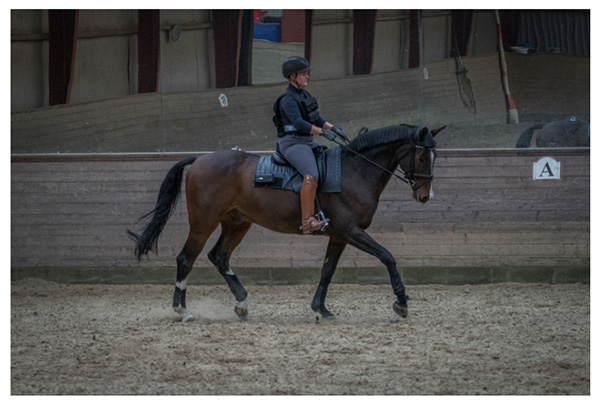
Previous studies have found that physiological responses and gait symmetry parameters are negatively affected when horses carry heavy riders, for example when the rider:horse weight ratio increases from 20 – 35% (Stefánsdóttir et al., 2017).
Continue reading …International Lameness Specialist Presents Online Educational Course
November 1, 2019 Comments Off on International Lameness Specialist Presents Online Educational Course
The 12 part course, how to recognize the 24 behaviors indicating pain in the ridden horse, is presented by international equine lameness specialist Dr Sue Dyson. It has been produced by the US’s popular evidence-based online educational resource Equitopia and helps translate Dr Dyson’s extensive research involving six studies and 400 horses, into action.
Continue reading …Restricting Drug Access Will Not Solve Vet Suicide Problem
October 30, 2019 Comments Off on Restricting Drug Access Will Not Solve Vet Suicide Problem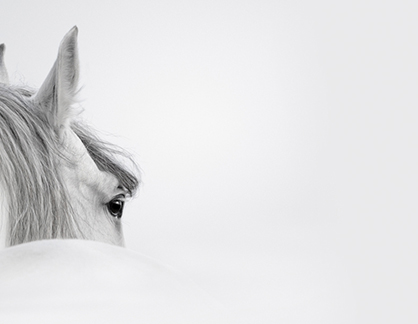
The AVA identify long working hours, high workloads, poor work-life balance, the attitude of clients and stress about performing euthanasia as prime reasons leading to veterinarian suicide. “It is not just a suicide issue, many in the veterinary profession suffer from high levels of anxiety, depression, stress and burnout, and high personal expectations due to these risk factors,” said Dr Crawford.
Continue reading …Animal Wellness, Florida Veterinarians Travel to Bahamas to Help Horses Impacted by Hurricane Dorian
October 10, 2019 Comments Off on Animal Wellness, Florida Veterinarians Travel to Bahamas to Help Horses Impacted by Hurricane Dorian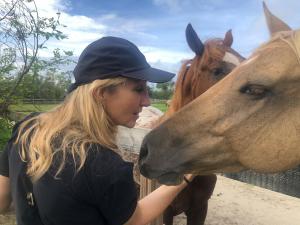
The Bahamas does not produce its own hay, and with such incredible human dislocation on the islands, there is no safety net for horses. “These horses need us, and we are prepared to meet their needs in crisis,” said Jennifer Skiff, director of international programs for the Animal Wellness Foundation. “Our plan is to stabilize them, attend to any immediate needs, and to provide food for as long as six months.”
Continue reading …Novel Surgery Proves Successful For Former Competition Horse
October 10, 2019 Comments Off on Novel Surgery Proves Successful For Former Competition Horse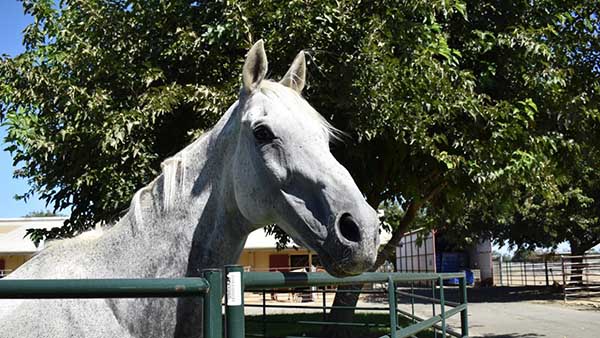
Clinicians with the Equine Surgery and Lameness Service were aware of an alternative method for stone removal through a flank laparotomy, but it had only been reported in the veterinary literature in two horses. Dr. Cheryl McCullough, a veterinary pathologist and Goose’s owner of 13 years, was willing to give it a chance.
Continue reading …







